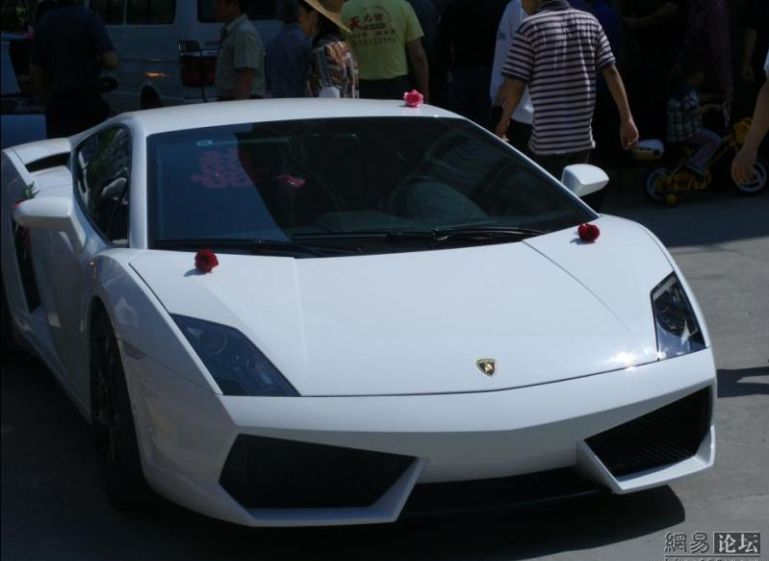|
|
Wedding In China
|
• Arts, scholarship, and literature
Calligraphy later became commercialized, and works by famous artists became prized possessions. Chinese literature has a long past; the earliest classic work in Chinese, the I Ching or "Book of Changes" dates to around 1000 BC. A flourishing of philosophy during the Warring States Period produced such noteworthy works as Confucius's Analects and Laozi's Tao Te Ching. Dynastic histories were often written, beginning with Sima Qian's seminal Records of the Historian, which was written from 109 BC to 91 BC.
The Tang Dynasty witnessed a poetic flowering, while the Four Great Classical Novels of Chinese literature were written during the Ming and Qing Dynasties. Printmaking in the form of movable type was developed during the Song Dynasty. Academies of scholars sponsored by the empire were formed to comment on the classics in both printed and handwritten form. Royalty frequently participated in these discussions as well.
The Song Dynasty was also a period of great scientific literature, and saw the creation of works such as Su Song's Xin Yixiang Fayao and Shen Kuo's Dream Pool Essays. There were also enormous works of historiography and large encyclopedias, such as Sima Guang's Zizhi Tongjian of 1084 AD or the Four Great Books of Song fully compiled and edited by the 11th century.
|
|









